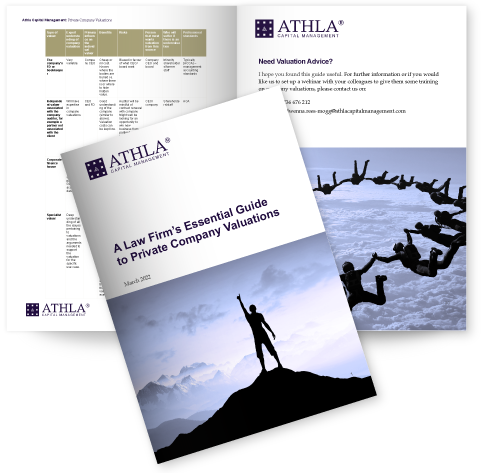Value leakage – the big theme for 2025
January 7, 2025

Clever use of share classes to distribute value across shareholders could become mainstream
Happy New Year. I hope you had a good break.
As we ran towards the end of 2024 the primary theme of the races we were running was how the terms of a share class impact on the share of value it commands as a proportion of the whole company.
This is an increasingly interesting area which historically VC and PE investors had mastered in the context of grabbing their share of returns on exit, but in fact it is much more important than that.
It’s an issue we all need to start communicating more clearly to people who are setting up or who have already set up companies. By the appropriate use of share classes, control clauses in articles and judicious use of shareholder agreements, the value of different share classes can be determined unambiguously – especially when it comes to thinking about tax!
Let’s take the issue of voting shares and non-voting shares. Voting shares are frequently used to control the company, but if they are not constrained properly via clauses in the articles or in a shareholders’ agreement, the share class value could be much higher than you think. In a situation where you want to control a company but not benefit from it, it is relatively straightforward to constrain value in the class through a clause in the articles which removes the class’s right to dividends and any return of capital, but this may not be enough. What if the voting shareholder gave themselves a highly paid job at the company? And what would the non-voting shareholder pay to get control of the company? This is where a sensible shareholders’ agreement can ensure that further constraints are put in place to address the issue of value leakage.
When it comes to preference shares, it’s important to understand what value they really hold. The coupon is a critical issue – does it encompass future risk as to payment of dividends and a return of capital or not?
You definitely need a specialist to consider how much value is attributable to a preference share where there are conversion and control provisions attached to the class. You cannot simply prepare a dividend yield valuation and forget it.
We are all familiar with companies with numerous classes of voting shares. Analysis of the waterfall is crucial to determine who shares in what value and under what conditions. As the underlying performance of the business changes, so too will the relative value of the share classes. There is plenty of opportunity for value to seep from one class to another and back again.
The use of deferred share classes is increasingly popular. Care needs to be taken that the return of capital to the shareholders in such a share class is possible. Don’t forget to think about nominal value of the deferred shares relative to the number of shares that could end up in the share class.
We have started 2025 very busy indeed, which is encouraging. Did you know that we now have 20 law firms referring work to us? We will therefore be investing in our team so expect to see some new faces on Teams calls, but we will always make time for another valuation, so give us a buzz if you think we can help.


